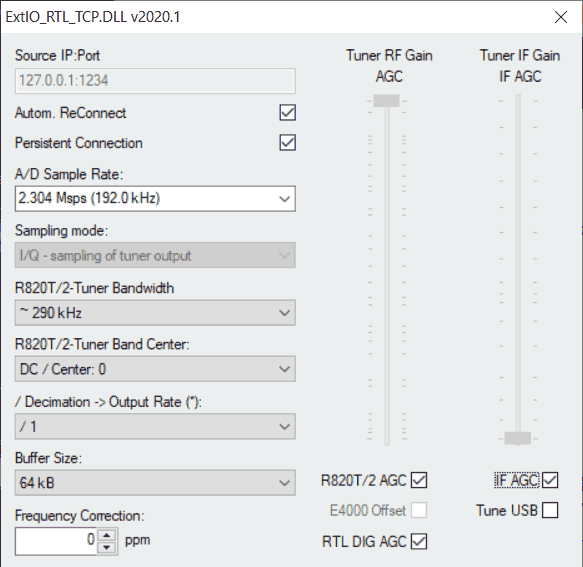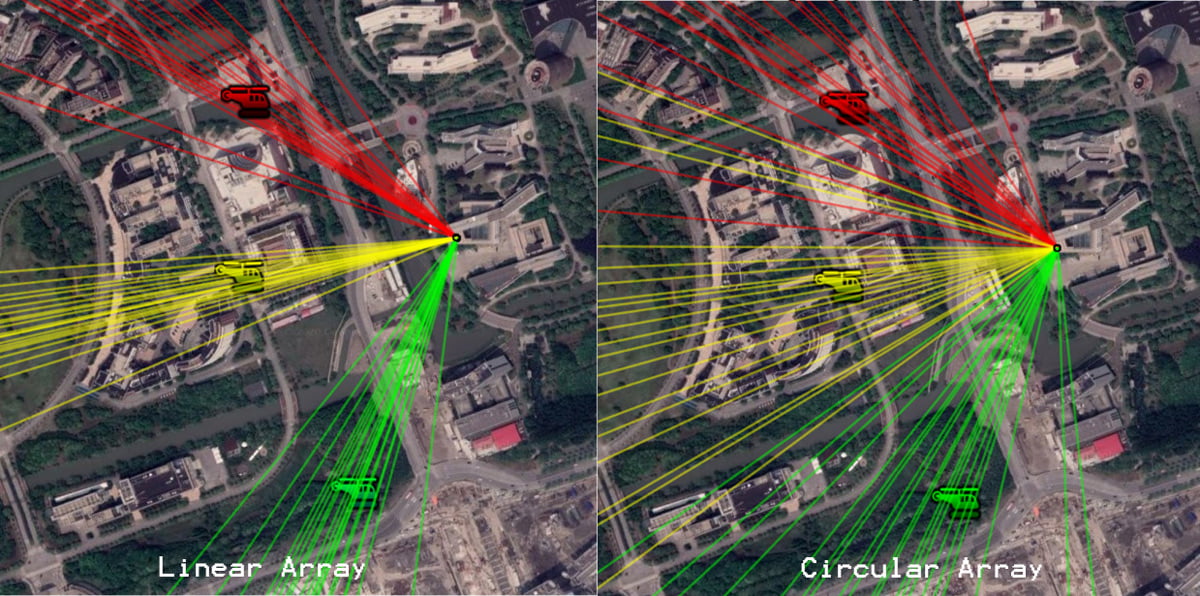Unlocking a Car with an RTL-SDR and Yardstick One
Over on his YouTube channel Kalle Hallden has uploaded a video demonstrating how to perform a replay and "rolljam" attack on a wireless car key with an RTL-SDR and Yardstick One. His first experiment is a simple replay attack which involves recording the unlock signal from the car key with the Yardstick One in a place far away from the car so that it is not received, then replaying it close by.
This works well, but Kalle then explains rolling code security and how this would easily thwart any replay attack in the real world. However, he then goes on to explain and demonstrate the "rolljam" technique, which is one known way to get around rolling code security. The demonstrations are obviously not full tutorials, but are just high level overviews of how wireless security can be defeated.


